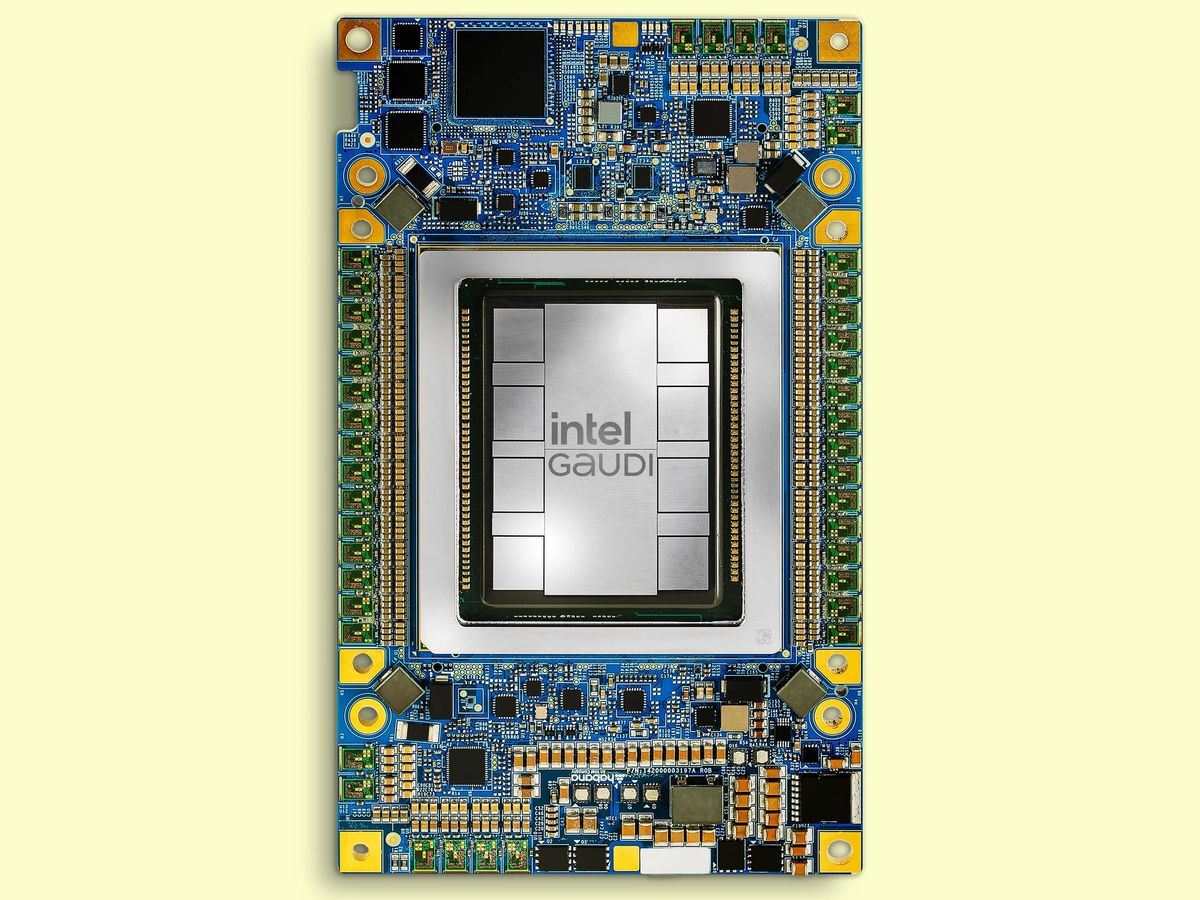This year we saw an invasion of telepresence robots—electromechanical avatars that allow you to be there without actually being there. Today, half a dozen companies are selling, or will start selling, these robots. I’ve tested two of the robots myself, discussing at length their technical merits as well as their practical shortcomings, and even helped a colleague build his own robotic self.
Although the technology behind these robots is fascinating, I’m also interested in the historical and philosophical aspects of telepresence. Telepresence robots didn’t come out of nowhere; they stem from a convergence of different technologies, each with its own history. The advent of robotic telepresence also reflects a moment in time when many of us are becoming ever more connected and available.
So what made these robots possible now? What’s so appealing about roaming around as a machine in a remote place? And where is this technology taking us, literally and figuratively?
To explore these themes, I spoke with Ken Goldberg, a robotics professor at the University of California, Berkeley, and a member of IEEE Spectrum’s editorial advisory board. When he’s not building robot cameras to spot wild birds or computer-controlled flexible needles that steer through soft tissue, he’s delving into the interactions between technology, art, and media.
If anyone can make a connection between robots and Heidegger, it’s Ken.
Erico Guizzo: I've recently asked Marvin Minsky what he thought of current telepresence robots. He complained that they don’t have legs. And I’ve seen other people complaining that they don’t have arms. What do you think of their design?
Ken Goldberg: The main issue is cost. When you add legs or arms, you need more actuators, more sensors, more computation, and it gets expensive very fast. But at the same time, robotic parts and technologies are getting better and cheaper. I think it was Brian Carlisle [former CEO of Adept Technology], who said that if you can sell a car, which is a lot of metal and a lot of engineering together, for under 10,000 dollars, we should be able to do the same for robots. We need volume to make them cheaper. So, of course, we want robots that clean up the house and hopefully change diapers. But we have to start somewhere, and the one thing that is easier to do is communication. Today’s telepresence robots are communication tools, and they raise some interesting design questions. For instance, how tall should they be? Rovio [a home robot sold by WowWee] is small, so you probably can’t have an eye to eye conversation, unless you want to talk to your kids. Or your cat. I think height, and eye to eye interaction, is important. Another thing I consider key is the ability to point at things. And that’s easy: You need just a laser and a two-axis gimbal. So there are many design issues to consider if you want to make telepresence a powerful experience.
And why do we want to physically extend ourselves to distant places anyway? Telephone and Skype aren’t enough?
The idea of remote control, that you can click a button here and something happens over there, is a very powerful and satisfying experience. We love our TV and garage remotes. Robots have a very intertwined history with this idea of remote operation. It might go back to Tesla’s famous experiments with a radio-controlled boat, which he demonstrated in New York in 1898. After World War II, the first robots were master-slave telerobots used to handle radioactive substances. Today telerobots are used for exploration, in space and underwater, and more recently for bomb disposal. Now, telepresence is different because you’re not manipulating an object or performing a repair; you’re interacting with people. So there are humans on both ends. The goal is to give the remote operator a sense that he or she is closer to the people on the other end. And hopefully vice versa. Naturally, the telephone and things like Skype are more or less trying to do the same thing. But the key question is, What’s missing? How can you make the experience of “being there” more fulfilling? One of the benefits of the robots is that they enhance the sense of agency, of being an agent, in the remote environment. You are not just a passive conversationalist; you can actually move around and explore. And that really matters. The ability to control where you are is empowering and gives you a different set of possibilities. There’s more spontaneity and discovery.
Back then when people like John Canny and Eric Paulos were developing various kinds of telerobots and camera systems, the Internet and wireless networks weren’t as fast and reliable as they are today. Now networks have more bandwidth, better quality of service, lots of error correction. That makes a huge difference. The other thing that has changed is that it’s less expensive to build a robot today, because the components you need are getting better and cheaper. So you’re seeing these companies coming out, like Vgo and Anybots, trying to commercialize these robots. The big question is, When can they get the price down to a point where it’s available to a large number of people? When that happens, things will get very interesting.
Today we use cellphones, e-mail, instant messaging, Twitter, Facebook—and soon some of us may be using telepresence robots. We’re staying connected in more ways and for longer periods of time. Where is this going?
I explore some issues related to that in a course I teach with Dreyfus [UC Berkeley philosopher Hubert Dreyfus] on the philosophy of technology. The goal of the course is to discuss what is the “essence” of technology. We want to give students, many of whom will be creators of technology, a broader historical and social perspective to understand technology. Our starting point is a 1954 essay by Heidegger, “The Questions Concerning Technology.” Let me say first that Heidegger is a problematic figure. He wasn’t the nicest guy. But we can’t dismiss everything that he wrote. He’s considered by many as a fundamental philosopher for the 21st century. So, in a nutshell, what Heidegger says in this essay is that technology is really a “mode of being,” a sort of attitude or culture we are immersed in. It’s not something we can consciously adopt. It’s all around us, we’re engulfed in it. He says we’re in a technological mode of being that is all about making the world available. The key concept here is availability. For example he mentions the Rhine River. Rather than approaching the river as primitives, who might ponder how the gods created the river, or artists and poets, who would focus on the beauty of the river, our approach is that the river is a resource to generate power. He argues that we approach the world around us, nature in particular, as something that we should use to make other things available. Where it gets really interesting is that the availability starts to take on momentum of its own. So we don’t necessarily want anything in itself; all we want is everything to be transformable into something that we’ll need in the future. The key thing that Heidegger hints at and he worries about is that this worldview, if it continues in the direction it’s going, will overwhelm us, and then we’ll do the same thing to ourselves: We’ll see ourselves as resources.
I guess Heidegger would have hated telepresence robots…
Yeah, maybe. Telepresence is another form of availability, going beyond the forms we have. As technologists, we’re excited about it, but from Heidegger’s perspective, it’s another step along that trajectory that he is worried about. He’s not a doomsayer; he’s just saying we should beware. At the end of the essay he comes to this point where he sees this supreme danger, when we’ll be engulfed and overwhelmed and we’ll want to make ourselves constantly available. And you see that today with Facebook , Twitter, smartphones, compared to 10 years ago. We’ve become much more instantly available to each other and to the world, and we are willing to put out all kinds of information that were previously private. And also we are, especially the younger generations, happy to be available. So we’re transforming ourselves into resources. But Heidegger also saw a bright side, a way out of this situation. As we move closer to being consumed by this technology mode of being, the positive outcome is that we’ll be jolted into realizing what we’re doing and we’ll have the capability of stepping out of it. In other words, he’s saying we have to hit bottom before we stop the madness.
Almost ten years ago, you participated in a telepresence research project called the Teleactor, using people as proxies for other people. Is the Teleactor a precursor to robotic telepresence?
The idea there was to have a person—the teleactor—who would be your proxy and go to a place when you’re unable to go yourself. The teleactor would wear a camera and microphone, transmit that data over the Net, and you’d see and hear through them. So you would finesse the robot part by having a human. The teleactor also had an ear piece and would get instructions from you about where to go and who to talk to. We did a lot of experiments, but the technology was not there yet. First we were using analog video and we were constantly getting interference. Then we switched to Wi-Fi, and it was the first versions of Wi-Fi, and it had its own problems. The network connections were also slow, and we were constantly fighting network delays. And we were using Java applets that were slow and Web interfaces that barely had video capabilities. It was primitive. I wished we had 4G networks to do the audio and video. That would have made things much easier!
So when the operator spoke, the teleactor repeated what was said?
Not in a robotic way. You can imagine that if the teleactor is just literally talking and acting like a robot—that’s sort of creepy. [Laughs.] Our idea was more like an actor taking directions from the remote person. So the teleactor can also improvise a little. Imagine it’s a meeting or a party and I’m connected to a teleactor. The teleactor can see a group of people and go near them, or just wait for you to decide where to go. We wanted to investigate the interactions that would take place and see how they’d compare to normal situations. I think someone should repeat the experiment today. Imagine you hire out-of-work actors, who love to engage with strangers, and send them as teleactors to parties and events. People who can’t attend the party in person would go as teleactors.
And in the future we can replace teleactors with androids! We’re already seeing some steps in that direction. What do you think of telepresence robots that look like people, like the androids Hiroshi Ishiguro is creating?
When we think about robots they are sort of generic in shape and appearance. [Ishiguro] is not doing that at all. His robots are not only very human but also very specific to individual humans. And these are not just functional machines that’d do work or entertain; these things are actually out there to act as surrogates in a very real way. It’s an idea with connections to psychology, mythology, and science fiction. It goes back to Galatea, the Golem, and later Pinocchio and Frankenstein and Blade Runner, and all the attempts to create something that’s very lifelike. He’s really pushing the limits and asking some deep questions about ourselves. It’s a really Cartesian question: Are we automatons or not? If robots become indistinguishable from humans, how are we going to treat them? It also forces us to reflect about our own mortality. It evokes this memento mori—just remember we’re going to die. Life is short: appreciate the present. How will you be remembered, if at all? Can something of me live beyond me? With these robots, just like a portrait or statue or other replica, you’ll be able to have something that conceivably could live beyond your existence. These androids help us explore these questions. Maybe we’ll discover that there are things we want to avoid. But the only way we’re going to know is by experimenting.
Erico Guizzo is the Director of Digital Innovation at IEEE Spectrum, and cofounder of the IEEE Robots Guide, an award-winning interactive site about robotics. He oversees the operation, integration, and new feature development for all digital properties and platforms, including the Spectrum website, newsletters, CMS, editorial workflow systems, and analytics and AI tools. An IEEE Member, he is an electrical engineer by training and has a master’s degree in science writing from MIT.






